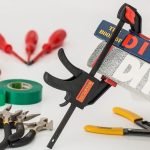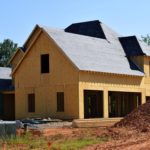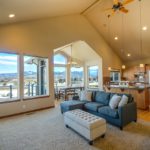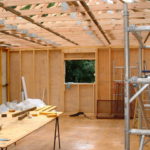A fixer-upper can be either the best or worst purchase of your life. The difference between the two lies in choosing the right property for your specific individual needs and abilities. A property that might work for someone just looking for an affordable home won’t necessarily be the best choice for an investor and vice versa.
Three Types of Fixer-Upper
The type of fixer-upper you should buy depends on what you will be doing with it. There are three major possibilities:
- Fix and Flip: Choose a property in a neighborhood just about to be gentrified or near a planned extension to public transit. Calculate costs and benefits carefully.
- Fix and Rent: The ideal rental fixer-upper is in an established neighborhood. Choose a smaller home and create additional space or a shabby home in need of some TLC that can be upgraded to average neighborhood quality.
- Fix and Live: As you won’t be worrying about immediate sale or rental, you can find bargains by looking for something quirky or unusual.
Your Property and Your Skills
Some fixer-uppers only require modest fixing while others require highly skilled labor. Be realistic about what work you can really do. Rewiring a house or redoing plumbing are not jobs for amateurs and can be very expensive. Replacing vanities, cabinets, and counters take less skill and can be quite affordable. Cosmetic fixes such as repainting, redoing floors, and refinishing interior doors are something anyone can manage with a bit of internet research and hard work. If you need more information on any properties you’re interested in, you may want to enlist the help of a professional like those at Mattox Realty.
Red Flags
Not all problems can be fixed. The major signs that you should avoid a property are:
- Structural Damage: If a property has cracks in the foundations or other major structural issues, it is not worth fixing.
- Water Damage: The problem with water damage is that it rarely affects just a small, visible area. It can rot the timber used for framing the house. Mildew can get in places you cannot access with totally destroying and rebuilding the house.
- Termites: Termite damage is like water damage. If there are visible signs of termite damage, there may be a great deal of major structural damage that is not immediately obvious.
- Flood and Landslide Zones: If a house is in a flood or landslide zone, buying it is like playing Russian roulette. It may remain safe for the next fifty or hundred years or it may be destroyed the day after you buy it. Especially given the increase in floods and other extreme weather patterns due to global climate change, this is a risk not worth taking.
It’s important to get as much information as you can on any home you may want to buy. Factors ranging from where it’s located to what might be wrong with it can drastically affect your ability to fix it up as your new home or as an investment. The more you know, the more successful your home-buying experience can be.







